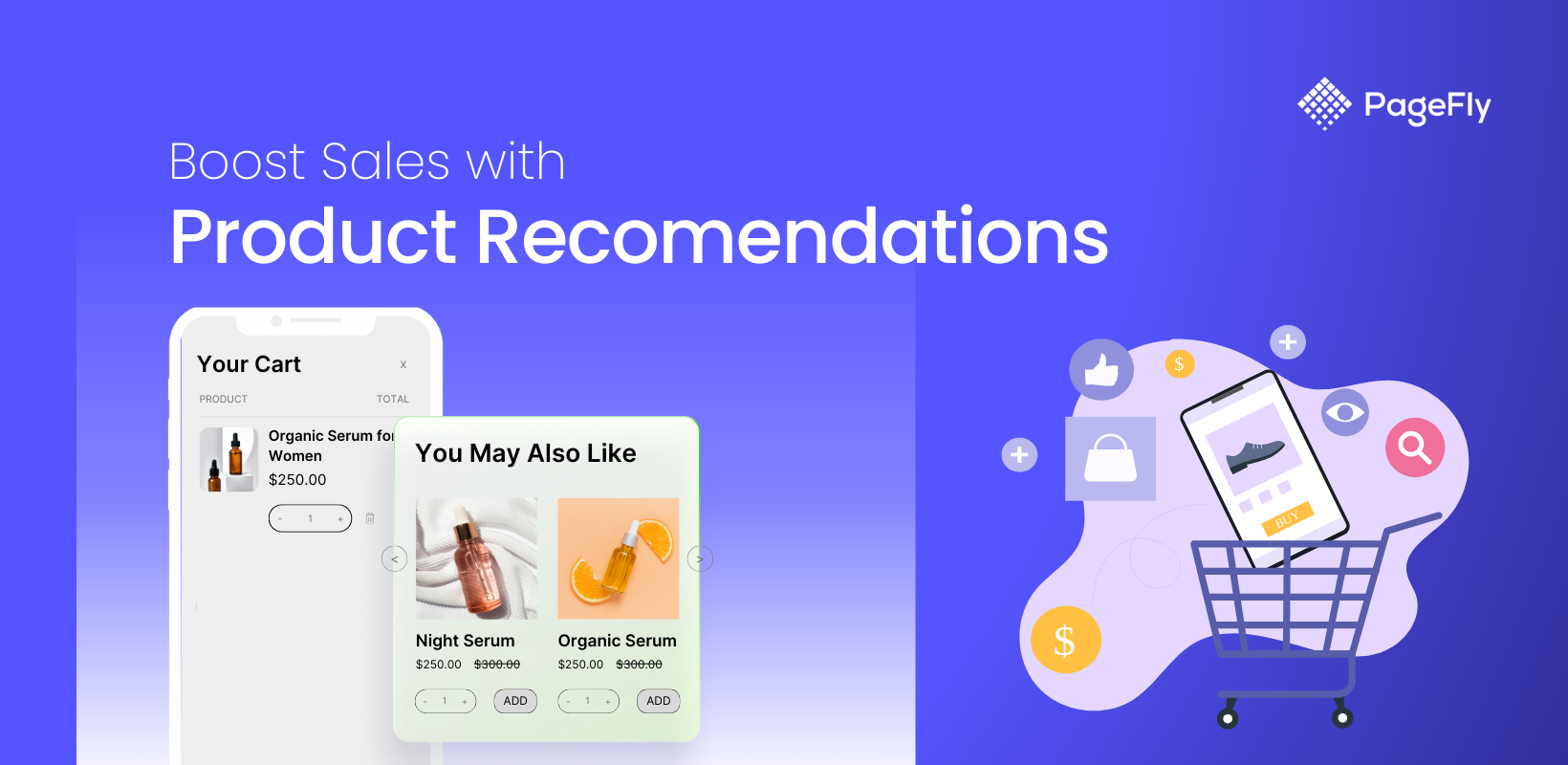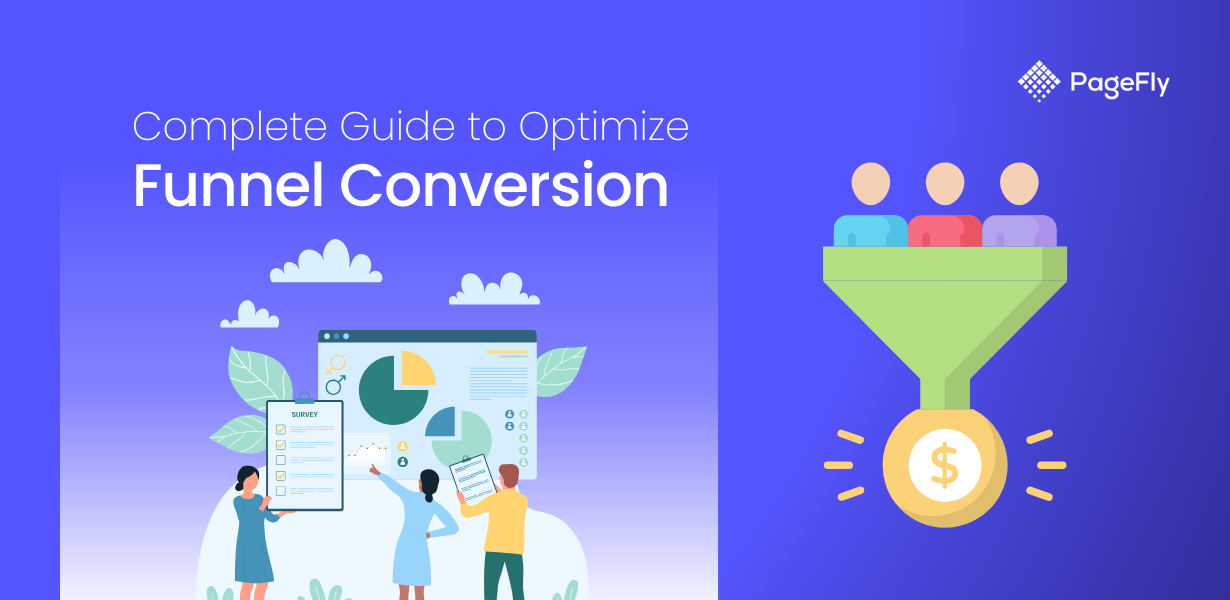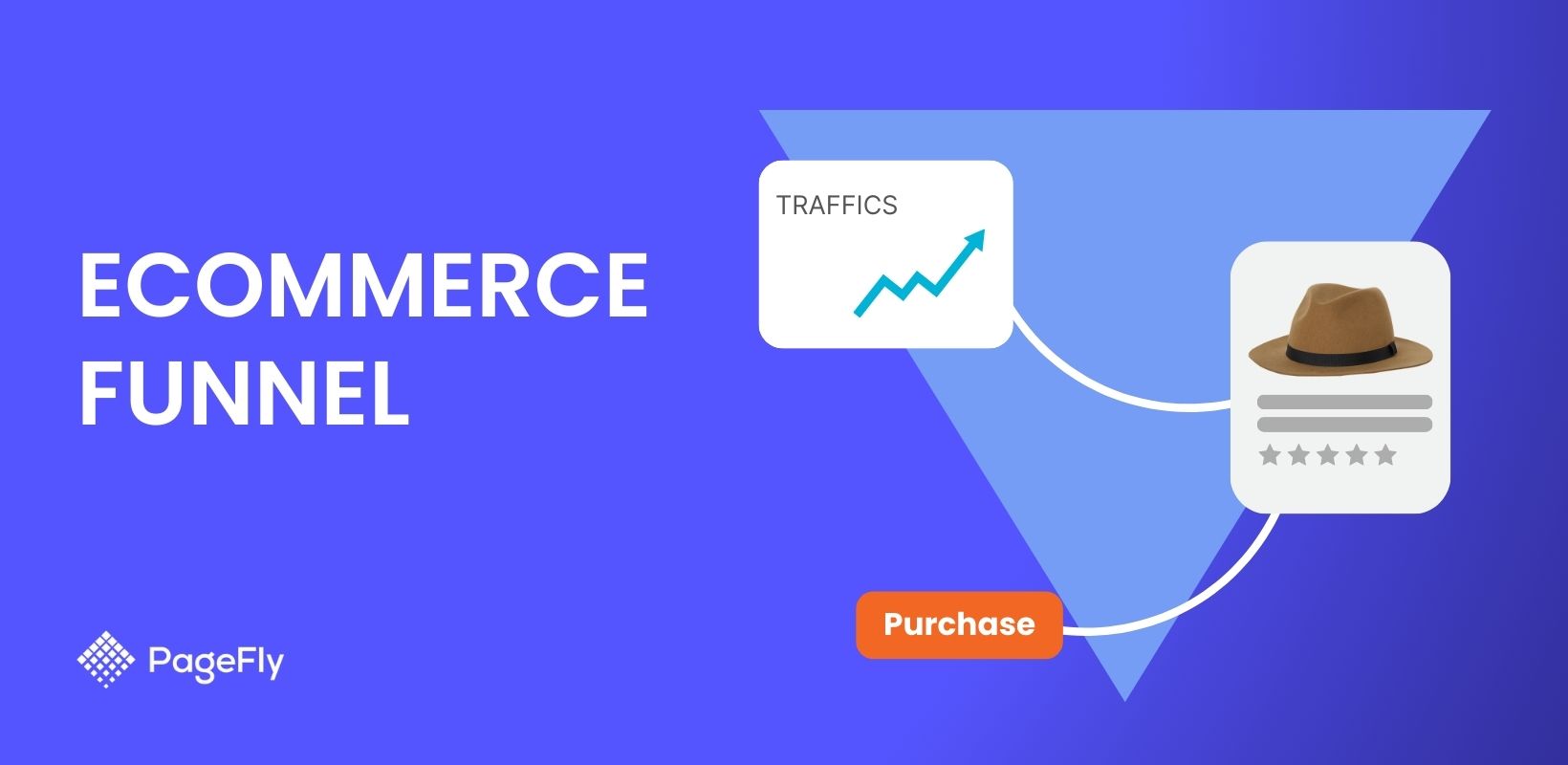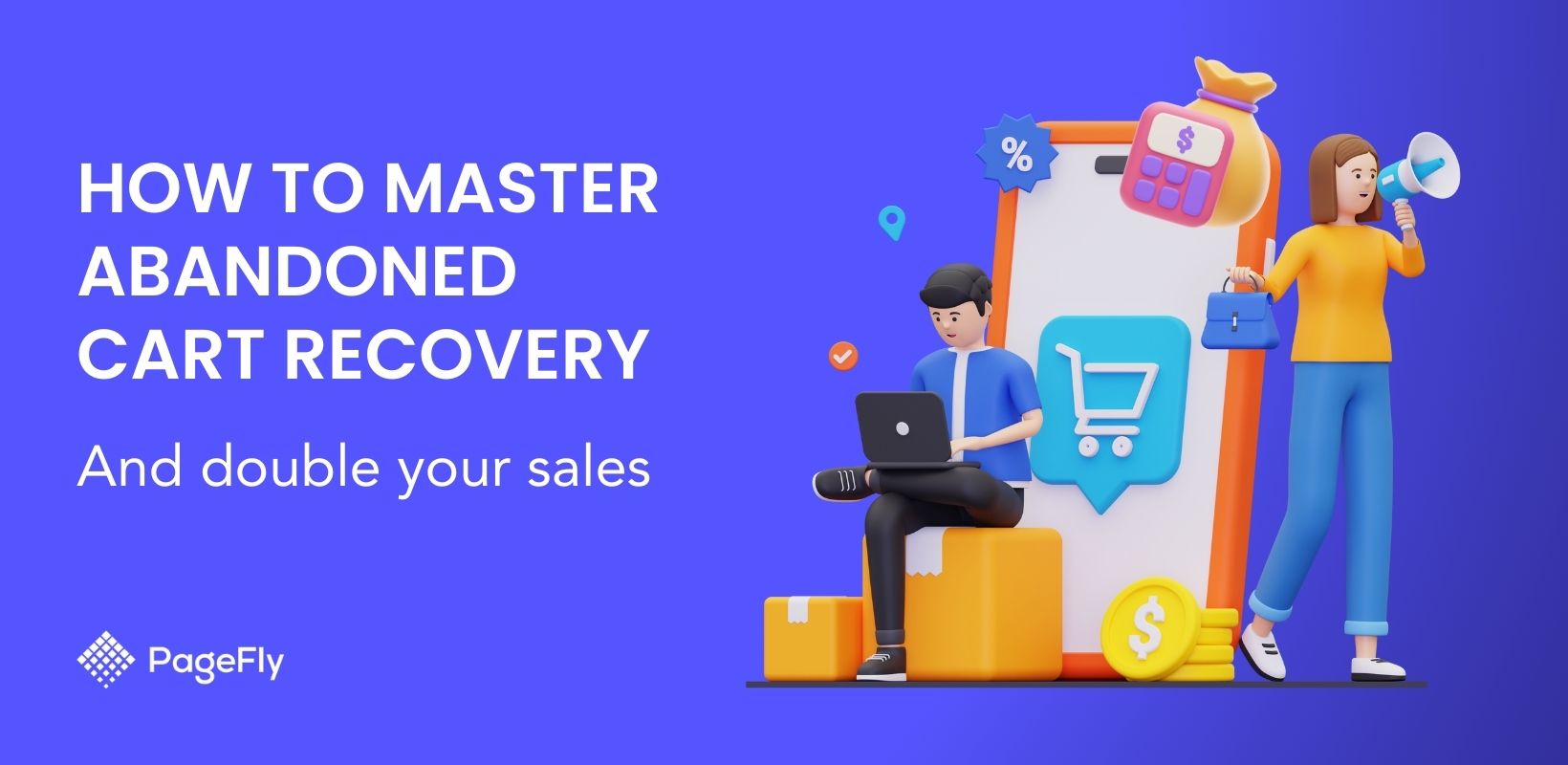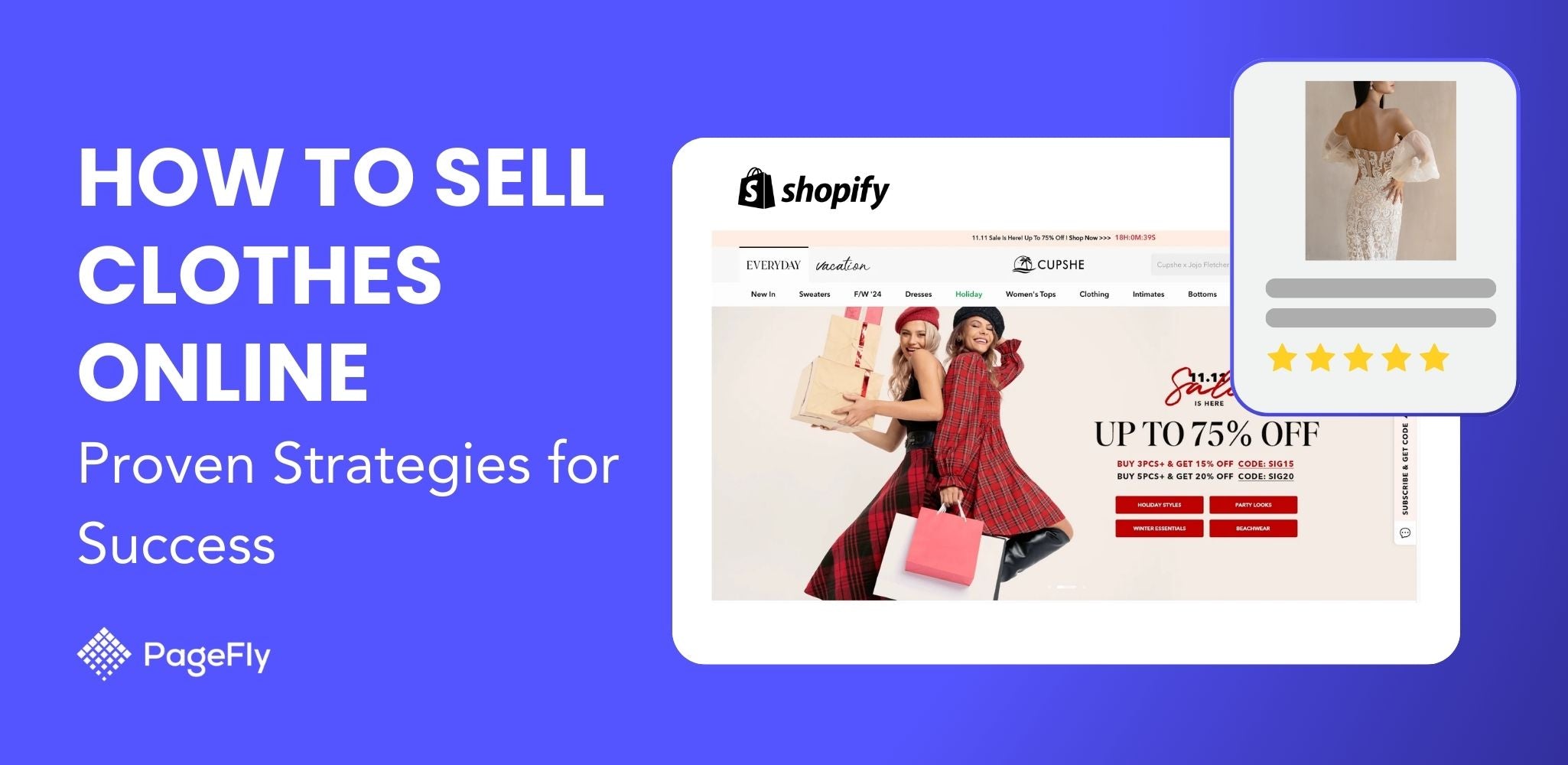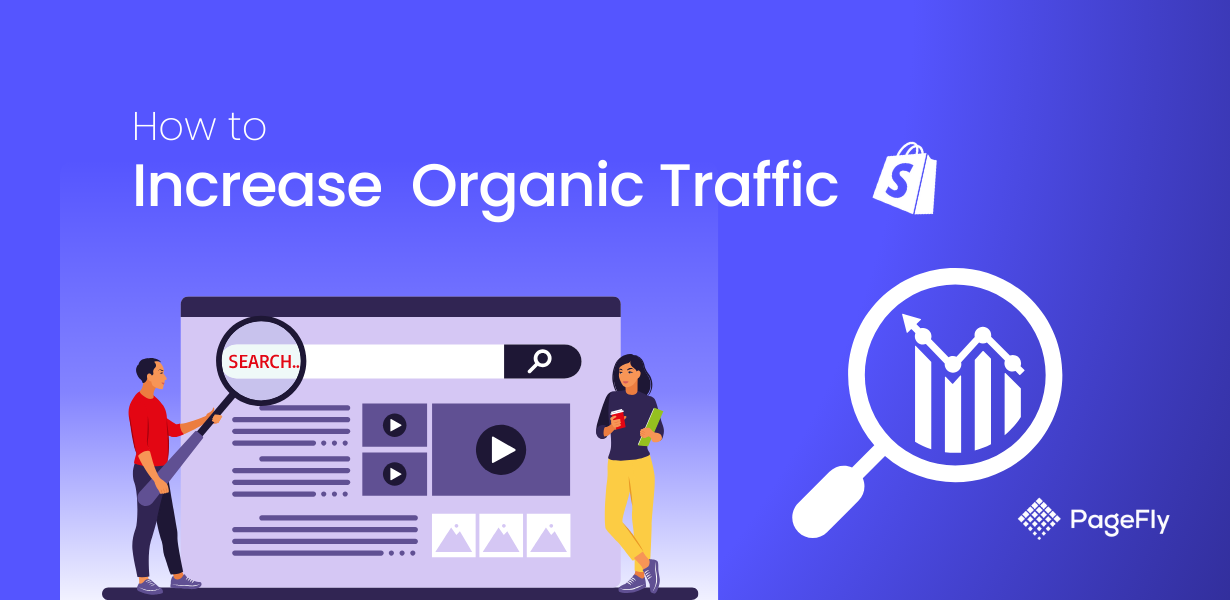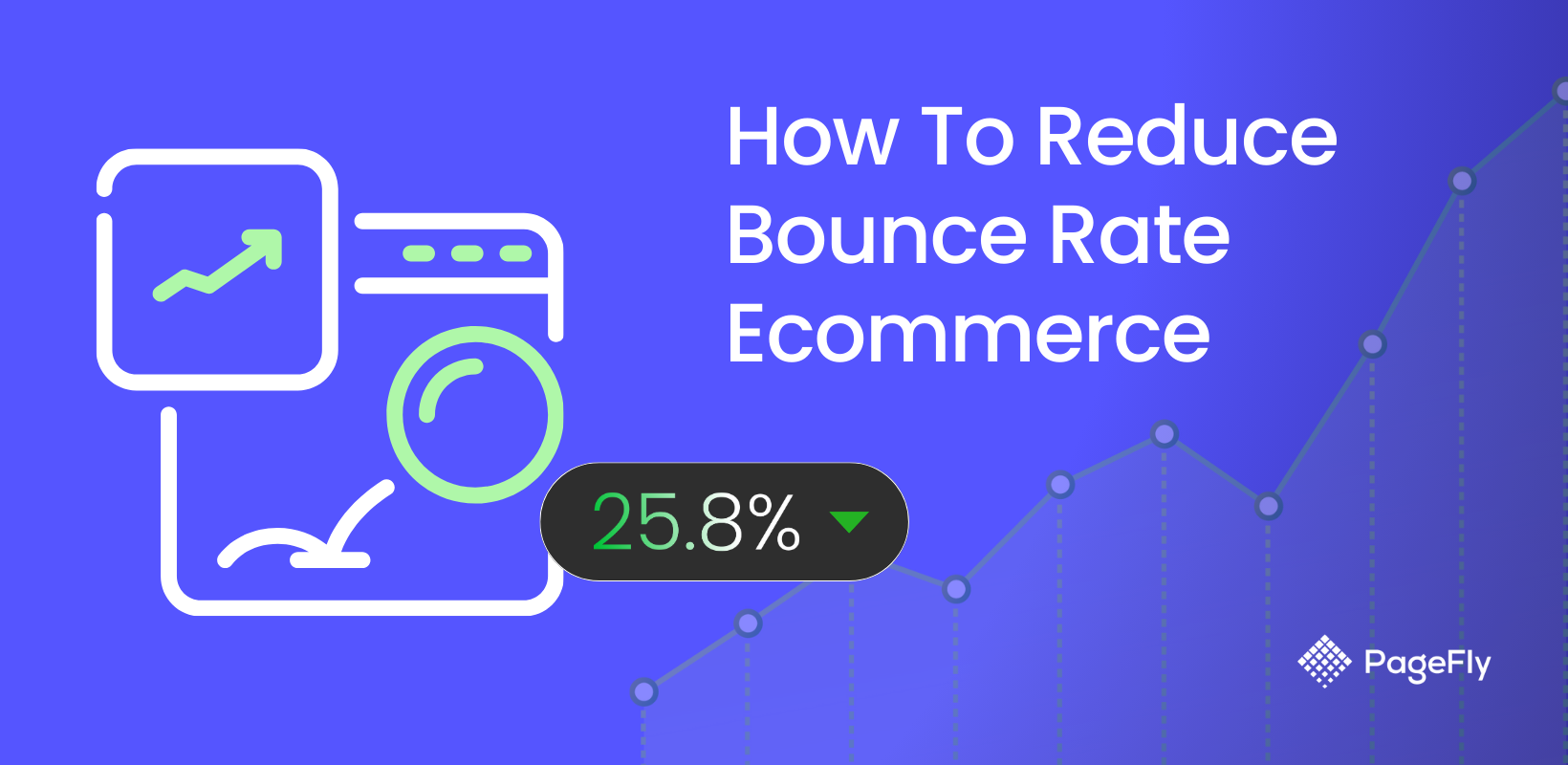Did you know that smart e-commerce recommendation systems drive Amazon's massive 35% revenue increase (source: mckinsey.com)? Beyond vast inventories, Amazon’s success hinges on sophisticated product recommendation tools that deliver tailored shopping experiences.
For Shopify merchants, tools like Shopify’s Recommended Products and advanced recommendation systems offer similar opportunities. By providing personalized shopping experiences, you can boost conversion rates, improve customer retention, and increase the average order value (AOV).
Ready to transform your store? Let’s explore strategies to optimize your success.
Understanding Product Recommendations
What Is A Product Recommendation?
A product recommendation is a personalized suggestion tailored to an online shopper’s behavior, preferences, or historical data. Powered by artificial intelligence (AI) and machine learning algorithms, these recommendations enhance the shopping experience by presenting items customers are likely to purchase. Shown below is an example of a product recommendation from the Keychone store, built with PageFly.

Types of Product Recommendation Systems
Modern tools use three main approaches to deliver effective product recommendations:

Collaborative Filtering
This method looks at what groups of shoppers buy to predict what you'll like. It works best for big online stores that can track lots of customer activity. You'll see this when Amazon shows you "Customers who bought this also bought" suggestions, or when Spotify creates your personal "Discover Weekly" playlist.
One challenge: It's hard to make good suggestions for new products or first-time shoppers since there's no shopping history to work with.

Content-Based Filtering
Matches product attributes with customer preferences by analyzing individual shopping histories. This approach is particularly suited for niche e-commerce stores. For instance, a store might recommend phone cases based on a customer’s previous smartphone purchases.

(Source: Electro Demo store)
Hybrid Systems
Combining collaborative and content-based approaches, hybrid systems offer the best of both worlds. For example, fashion retailers like ASOS mix trending items with personal style preferences, ensuring recommendations remain relevant as trends evolve.

Strategies for Effective Product Recommendations With Real-World Examples
Personalization Techniques
Personalization lies at the heart of successful recommendations. With the right tools and data insights, you can predict customer preferences and enhance their shopping journey. Let’s delve into three essential techniques:
User Behavior Analysis: Understanding customer interaction patterns is crucial for crafting effective recommendations. For instance, Amazon’s recommendation engine analyzes user behavior, leading to a 35% increase in conversion rates (source: AWS). To replicate this:- Use tools like Google Analytics or Mixpanel to track user behavior.
- Segment users based on browsing habits for targeted marketing.
- Implement AI for dynamic, real-time recommendations.
- Integrate purchase data with your CRM system.
- Add “Frequently Bought Together” widgets.
- Launch follow-up campaigns with personalized email recommendations.
- Gather contextual data like location and device type.
- Adjust recommendations dynamically based on these insights.
- Use geolocation tools to deliver relevant offers.
Optimal Placement of Recommendations
Strategic placement enhances visibility and engagement. Here’s where to implement them effectively:
Location | Recommended Type | Suggested Layout |
Home Page |
|
|
Collection Pages |
|
|
Product Pages |
|
|
Cart and Checkout Pages |
|
|
Search Results |
|
|
Post-Purchase |
|
|
Key Tips from PageFly
- Home page: Use AI-powered recommendation engines to dynamically adjust featured products on your homepage based on user behavior.
- Collection Page: Utilize smart filters that learn from user interactions to refine product suggestions over time
- Product Page: Continuously use Shopify AB Testing tools to experiment with different positions for product recommendations on your product pages, ensuring optimized layouts that resonate with your audience.
- Cart Page and Check-out Page: Incorporate limited-time offers on recommended items to create a sense of urgency
- Search Results: Streamlines product discovery by showing relevant items based on search intent
- Post-Purchase: After a sale, segment customers based on their purchase history to deliver more targeted follow-up recommendations.
- Ensure all recommendation widgets are fully responsive and optimized for mobile devices.
Cross-Selling and Upselling Strategies
Incorporating cross-sell and upsell techniques into your strategy maximizes revenue potential. Below are three proven approaches:

- Complementary Product Suggestions: Complementary Product Suggestions drive sales by recommending items that pair well with customers' purchases. Using AI to analyze shopping behavior, businesses can suggest relevant add-ons like memory cards for cameras or laptop sleeves, while offering bundle discounts to encourage these additional purchases.
- Bundle Recommendations: To maximize sales potential, create value-packed bundles tailored to common customer needs, such as a "Home Office Starter Kit" that combines a laptop, monitor, and productivity software at a discounted price. These bundle recommendations should offer customization options while incorporating limited-time offers to drive urgency and boost conversion rates.
- Premium Product Upgrades:Boost conversions with premium product upgrades by emphasizing their added value through comparisons, free trials, or customer testimonials. Highlight key features like a smartphone’s advanced camera or extended battery life to resonate with customer needs, and implement tiered pricing to make premium options more enticing.
Amazon’s Case Study
Amazon's recommendation system exemplifies how advanced algorithms can significantly boost e-commerce performance. Let's explore their key strategies and results.
Key Strategies
- Item-to-Item Collaborative Filtering: Analyzes purchase histories to identify product correlations and suggest frequently bought-together items.
- Content-Based Filtering: Recommends products based on their attributes and a user’s past interactions with similar items.
- Real-Time Data Processing: Quickly adapts recommendations based on a user’s current browsing behavior.
- Contextual Factors: Considers variables like time of day, location, and device type to improve relevance.
- Hybrid Approaches: Combines multiple techniques for more accurate and diverse recommendations.
Implementation
Amazon integrates recommendations strategically throughout the user journey :
- Personalized homepage sections
- "Frequently Bought Together" on product pages
- Shopping cart suggestions
- Post-purchase email recommendations

Results
Amazon’s recommendation system is a significant revenue driver:
- Up to 35% of Amazon’s sales are generated through its algorithm (source: McKinsey).
- A 29% sales increase was reported after implementing recommendations (source: Rejoiner).
- In Q1 2024, Amazon’s net sales rose to $143 billion, up from $127 billion in Q1 2023 (source: Forbes).
These results highlight the critical role personalized recommendations play in driving e-commerce success and solidifying Amazon’s market dominance.
Advanced Techniques and Future Trends for Product Recommendation
Leveraging Shopify for Smarter Recommendations
Shopify equips merchants with tools like Shopify Recommended Products, which analyze user behavior to deliver personalized suggestions, increasing both conversion rates and average order value (AOV).
PageFly, a leading Shopify app, integrates seamlessly to help merchants craft personalized product recommendations. With PageFly, you can leverage the Product List element to highlight tailored product suggestions, boosting conversions and AOV. Additionally, its fully customizable widgets ensure alignment with your brand’s aesthetics, offering visual consistency and enhancing customer engagement.

For further customization, Shopify’s App Store provides third-party apps that support advanced features, including dynamic upselling, cross-selling widgets, and context-aware systems designed to tailor the shopping journey to each customer’s unique preferences.
Measuring and Optimizing Performance
To maximize the effectiveness of your product recommendations, consistent performance evaluation and strategic optimization are essential. Here’s how to stay on track:
- Measure Performance: Track key metrics such as conversion rate, click-through rate (CTR), and AOV to evaluate the success of your recommendations.
- Test and Experiment: Incorporate CRO marketing strategies, such as A/B testing, to explore different placements, styles, and approaches for product recommendations, maximizing their effectiveness in boosting conversions.
- Leverage Analytics: Use analytics tools to gain data-driven insights, refining your strategies for continuous improvement.
By adopting these iterative approaches, you’ll ensure that your recommendations remain effective and aligned with both customer needs and business objectives.
Future Trends in Product Recommendations
In the dynamic world of e-commerce, staying ahead requires innovative tools and strategies to create memorable shopping experiences. Emerging technologies are revolutionizing the way merchants engage with their customers:
- AI for Smarter Recommendations: AI-powered tools offer profound insights into customer segmentation, enabling hyper-personalized, real-time recommendations. Platforms like Google Analytics 4 and AI-driven CRMs such as HubSpot simplify implementation, while frameworks like TensorFlow or Scikit-learn allow developers to create custom ML models tailored to business needs.
- Voice Shopping and Augmented Reality: Voice-enabled shopping, through tools like Alexa or Google Assistant, streamlines purchases by offering personalized recommendations via speech. Meanwhile, augmented reality (AR) takes engagement to the next level by letting customers visualize products in their environment, fostering confidence and interaction.
- Predictive Analytics for Future Trends: Predictive analytics empowers merchants to anticipate customer needs by analyzing historical data and trends. This technology can identify seasonal preferences and emerging demands with precision, enabling proactive planning and delivery.
Transforming Your Store Through Smart Recommendations
Personalized e-commerce recommendation systems empower merchants to analyze user behavior and purchase patterns, driving improved conversion rates and higher AOV. Shopify Recommended Products and AI-driven systems enable tailored suggestions that strengthen customer loyalty and boost revenue.
Modern e-commerce success hinges on smart personalization, and combining it with high-performing page designs amplifies results. With PageFly, the #1 Shopify landing page builder, merchants can draw inspiration from high-performing landing page examples to create visually stunning, optimized pages that highlight intelligent product recommendations. By integrating tailored suggestions on well-designed pages, you enhance key performance metrics while delivering seamless shopping experiences that foster long-term growth and revenue success.
